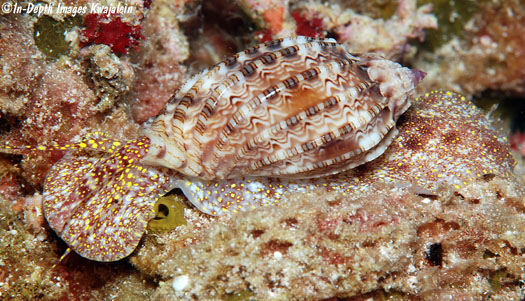
Harpa amouretta is the most common species from the harp family in the Marshall Islands. Although never in large numbers, specimens can be observed in a variety of habitats, including under rocks on the hard interisland intertidal reef, in reef quarries and tidepools, in sand under rocks on shallow subtidal interisland and pinnacle reefs, in sand in lagoon patches of Halimeda algae, and in ledges and caves at night on the seaward reef. The shells vary considerably. Some are thick and heavy while others are thin and light. Some are dark in color, others nearly white. The pointy coronation on the shoulder of the body whorl also varies from distinctly pointed to almost rounded. It almost makes one wonder if they could really all be the same species. We have found Harpa amouretta eating both xanthid crabs and hermit crabs.

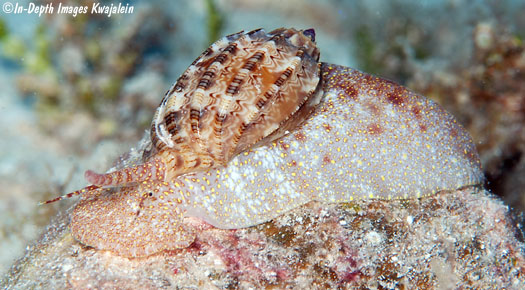
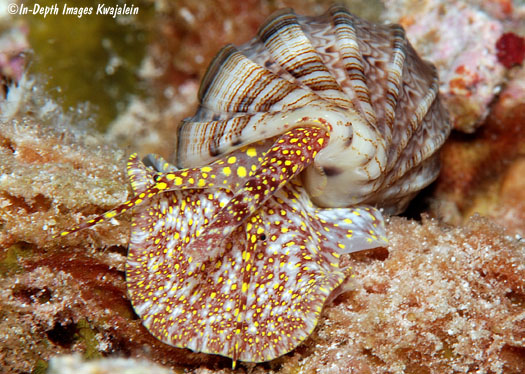
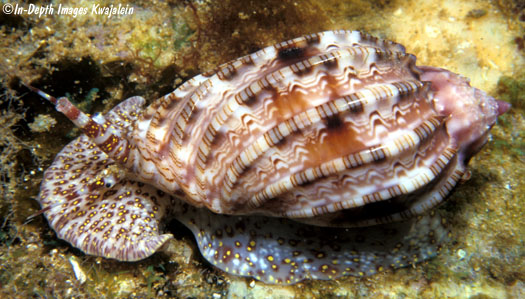
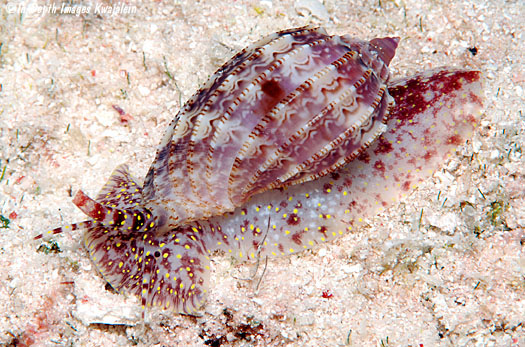
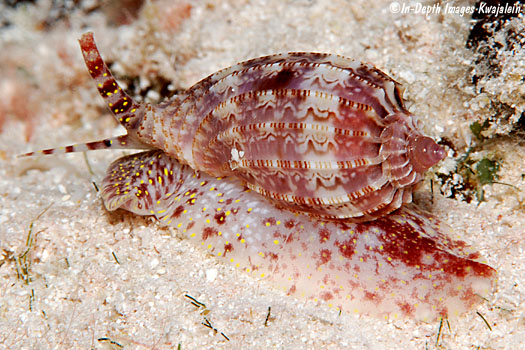
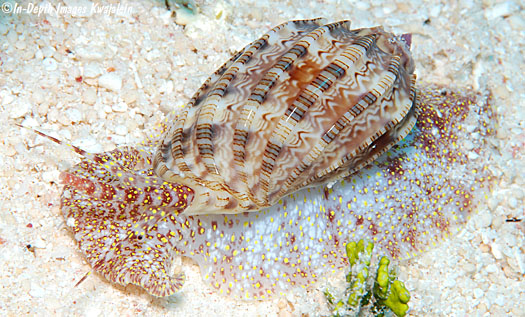
With especially heavy yellow spots.
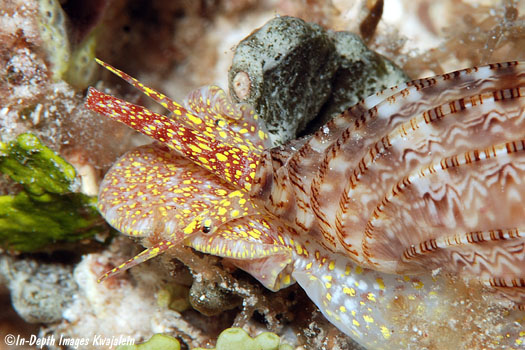
Here is a lighter colored one.
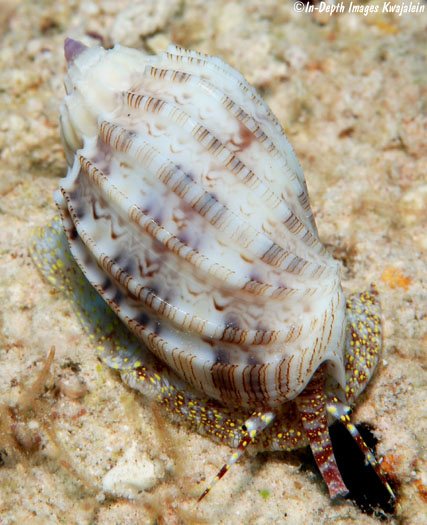
The one below was rather squat and nearly white. Color of the siphon looks a bit different as well.
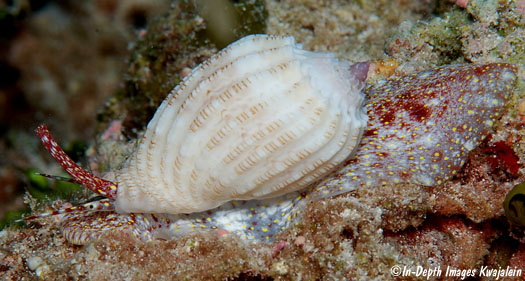
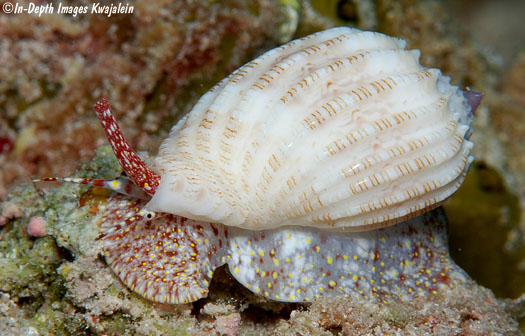
The white specimen (above and below) was found in the same habitat as normal specimens, but not actually paired up. The photo below was set up to show the differences.
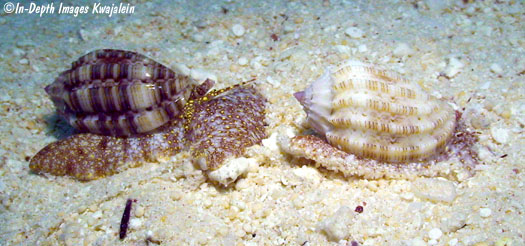
Changing color.
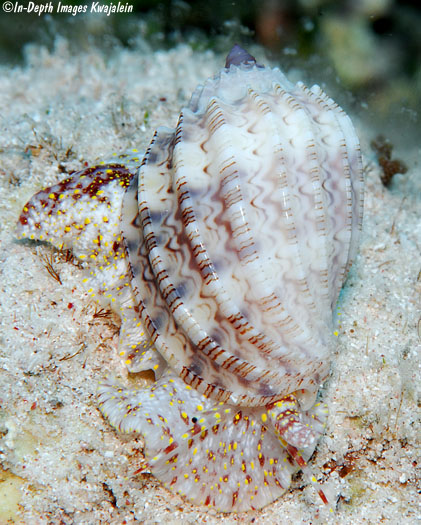
This appears to be a mating pair.
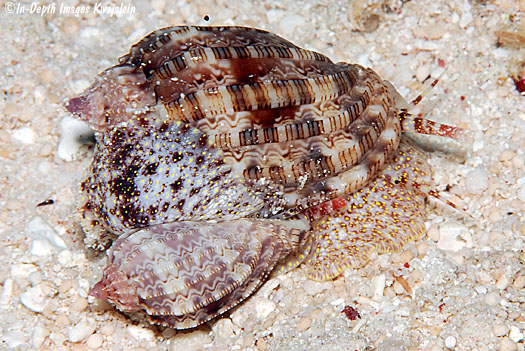
This species lays its eggs in flattened white capsules in a close set row under rocks or attached to Halimeda algae plants. In the first shot below, you can see the numerous individual eggs in the capsule in front.
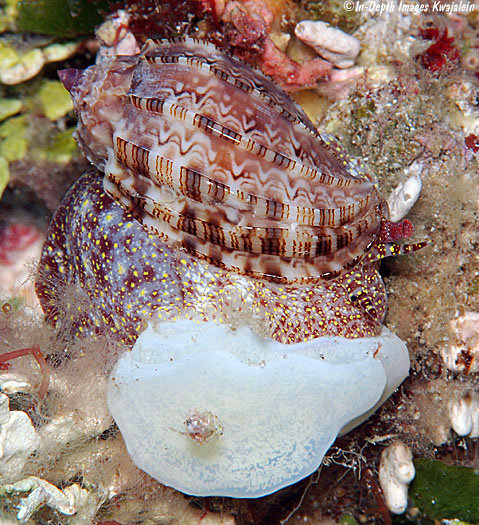
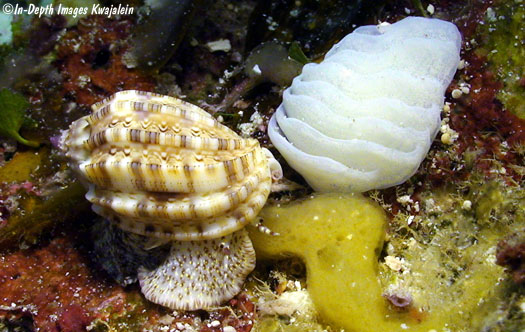
A small orange juvenile.
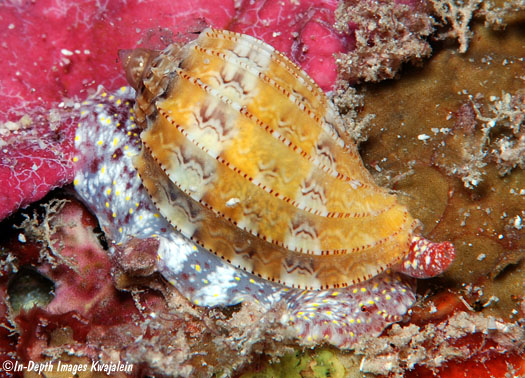
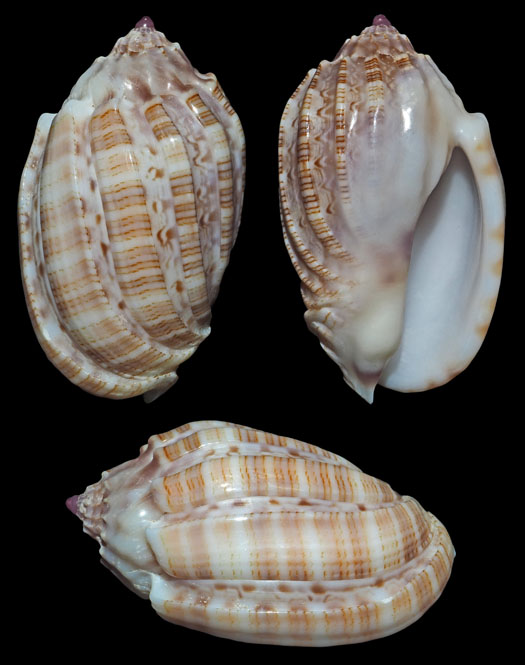
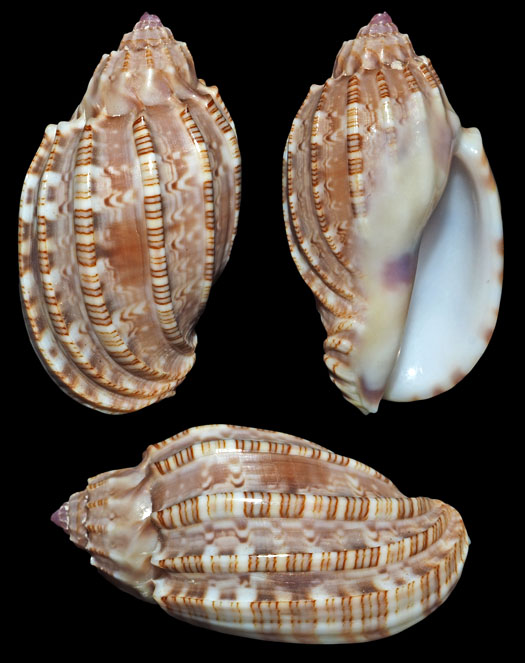
Created 27 October 2009
Updated 5 March 2020